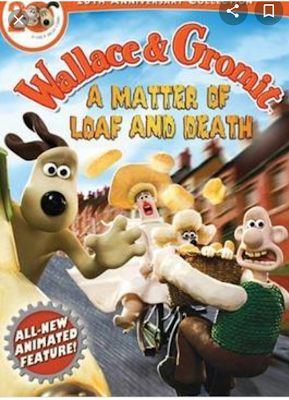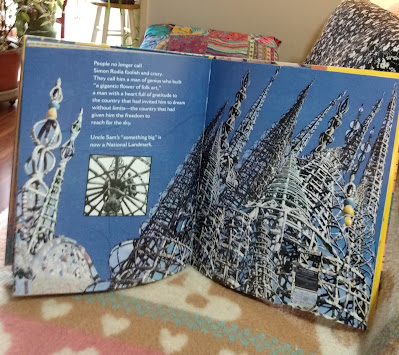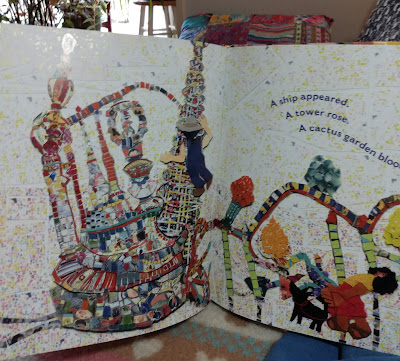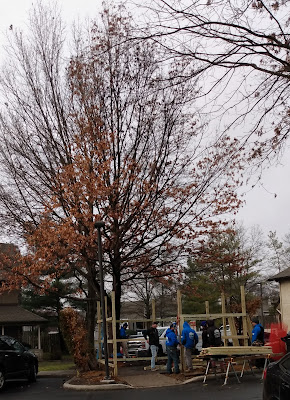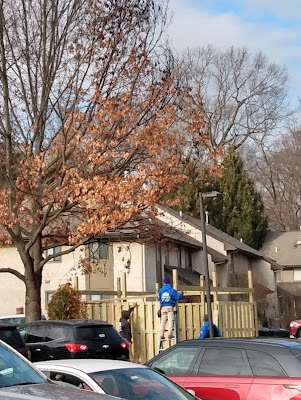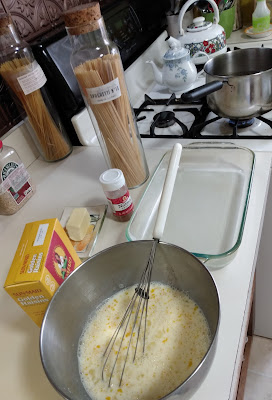One of the great things about natural dyeing is that you get surprises and discoveries all the time.
So, I overdyed the linen for the tray cloths and napkins with a mixture of turmeric and yellow onionskins.
Then I thought I might dip dye them using a lily flower from the birthday bouquet and some pomegranate rinds I had in the freezer.
You'd expect a pinkish yellow, maybe
But I have enough experience not to assume anything. I did check this lovely book, which I hugely recommend if you fancy a bit of dyeing, Sasha Duerr's book
And they mention on the pomegranate page that it's not only a dye material, it's also a mordant, meaning it should attach pretty well to your fabric. And you can influence the color by adding alum and washing soda, both well known mordants, too, so I added them to the dyebath.
And got a positive explosion of yellow foam, which turned a lovely warm olive green in the dyebath, paler on fabric.
Here's the fine once-white cotton I drained it through. Very delicate shade. The dye looks brown here, oddly, because the camera's picking up underlying shades. It's green to the eye.
So fine, this is so much more interesting than synthetic dyes which come out the color on the packet, fine if you like it, but I fancied something else.
And I set up a dipdyeing station, and hung two pieces of the dyed fabric so just the ends trailed in the dye, and left them that way for a couple of hours.
Those cabinet doors have assisted in many a yarn and fabric dyeing session.
I knew the olive would not register like a solid color, but break into many shades, very few of which my camera can pick up, but subtle and very pleasing in person.
There are areas of pink, and the browns from the black walnut dye now have a pink cast. It's just very nice to handle.
One set of tray cloth and two napkins I left as is, and the other set I stamped, with a hand carved block and a commercially made bird.
I also made a set which I didn't dye, just cut and stitched to size.
Another advantage of designing your own fabric is that you don't have to work around the designs to get what you want. You just make the item then dye and stamp so the color and stamping is already where you want it to be.
The shades and shapes are subtle to the point of imperceptible to eyes used to solid color commercial dyeing. You have to get tuned in!
This was a lot of fun.
I did have motivation to get right on this, since last night I found that the convent where I learned goldwork embroidery with the Guild, and to whom I owe hundreds of hours of joy and exhibits and sales, and where I took part in a Zoom centering prayer group, anyway, they have a knitting ministry.
The little community of Anglican sisters, which is very much focused on hands on social activism, knits in their recreation periods and gives the output directly to homeless people locally and in their New York city outreach.
Yesterday I found from their newsletter that in the whole group there's only one sock knitter. So I wrote and said this just isn't right! They've been donated a lot of sock yarn and their sockly needs are pressing.
As of this morning they'd got back to me, very excited, agreed that socks are a continuing need. Sooooo they're sending me a batch of yarn, and I'll do a bit of ministry.
They're not of my religion, not relevant when there's a need which they're handling in person. So, exciting new year project, and I cleared the decks a bit in anticipation.
Particularly important to have community ties this winter with the pandemic back up to speed -- again my state's a hotspot, after doing very well, isolation back again for me. So this helps everyone.
And I had been considering whether to push on with my proposed exhibit of art dolls and stitching at the library. I'd pretty much concluded there was no point in setting up a textile/ abstract doll exhibit if nobody was going to see it, and it can wait.
I went to pick up books there this morning and found they've already closed to the public, and they brought my books to the door. So that confirms it, I guess.
Meanwhile, in the course of finding the natural dyeing book, I came across these dried flowers.
They're too fragile to use in an artwork, so I made this image, which I can print out on silk organza and use that in an artwork. Waste nothing!



